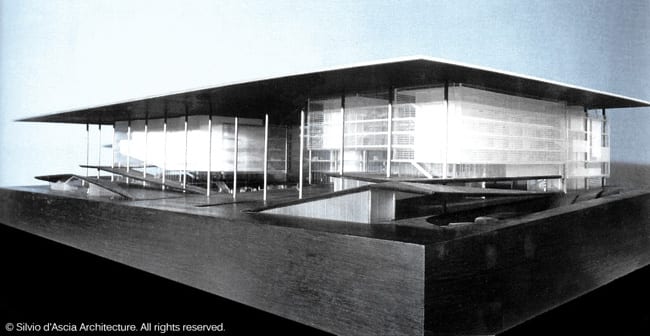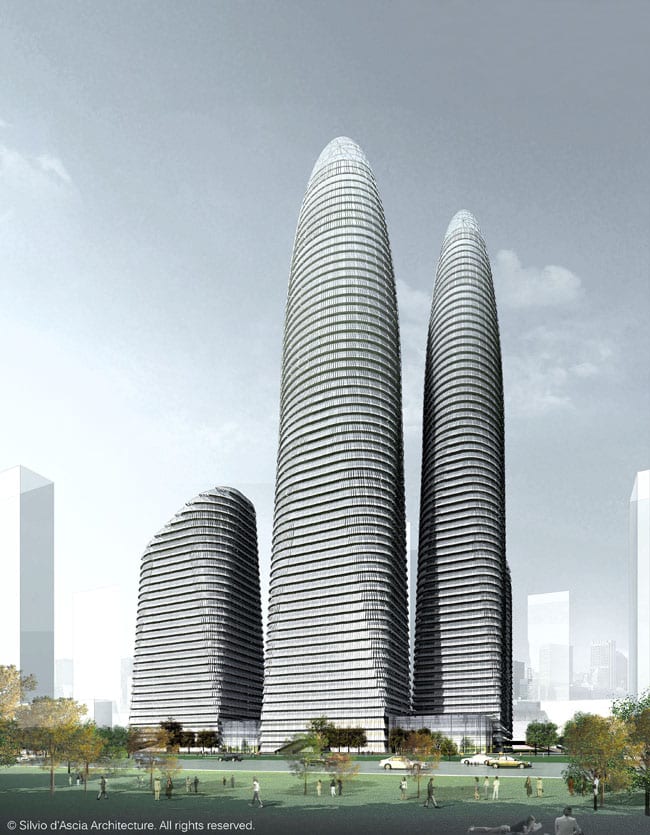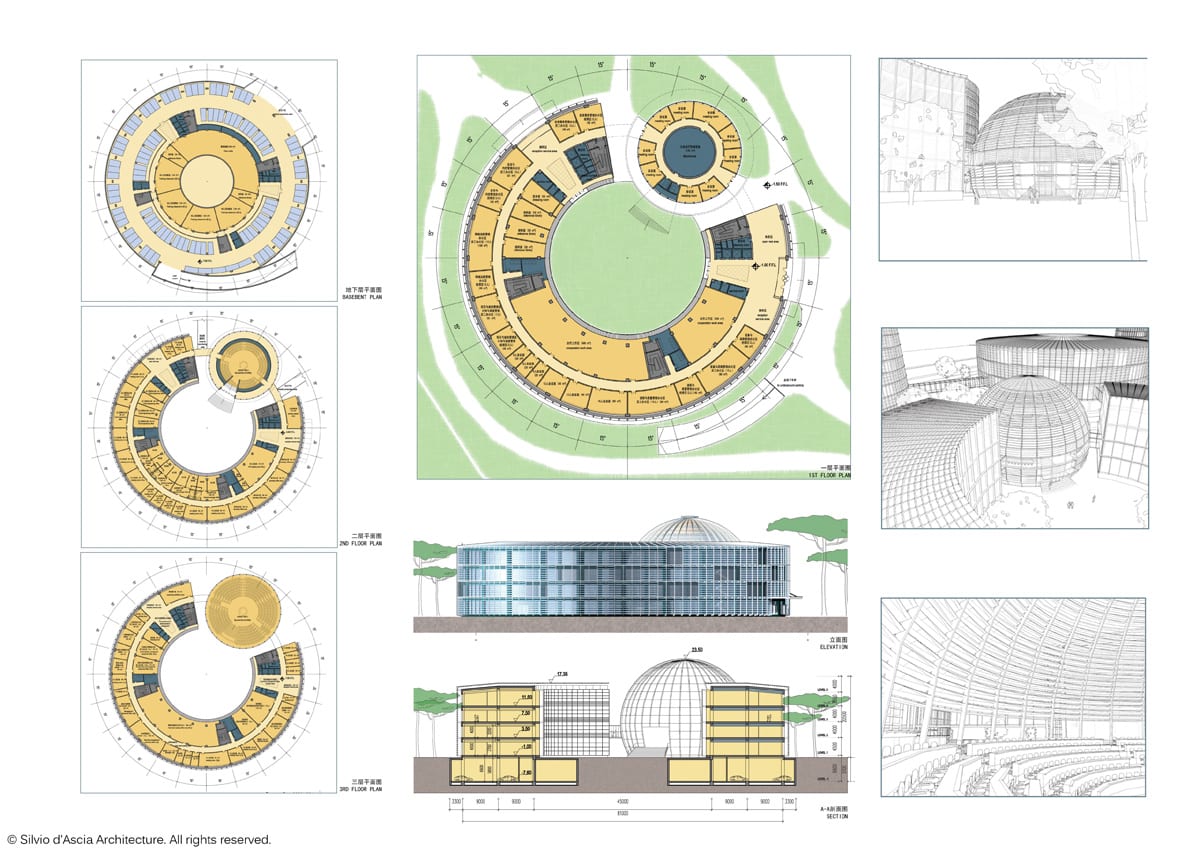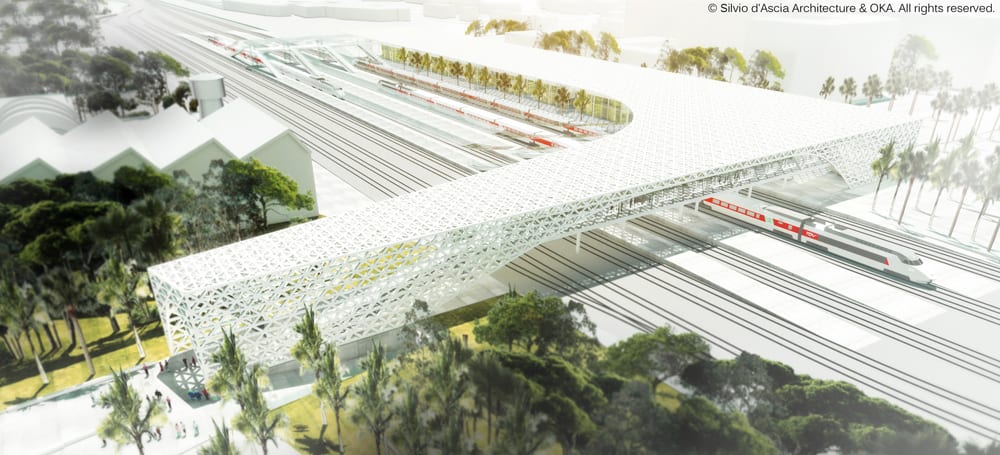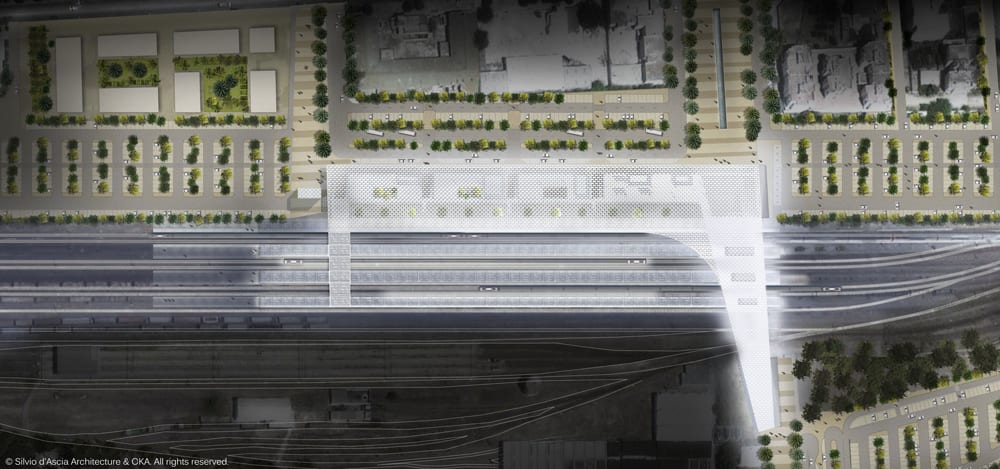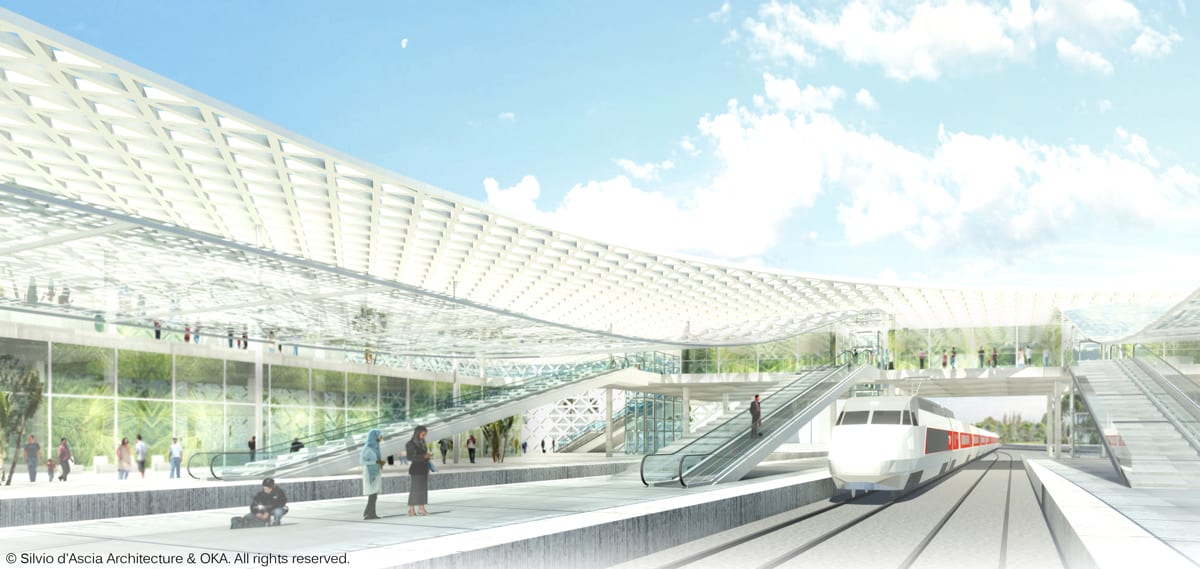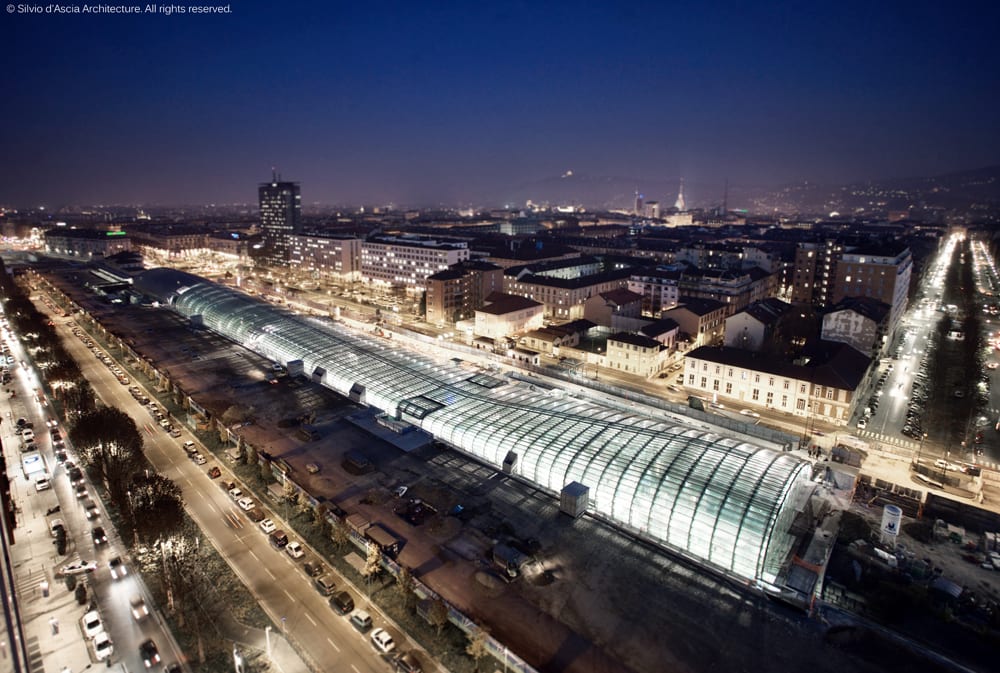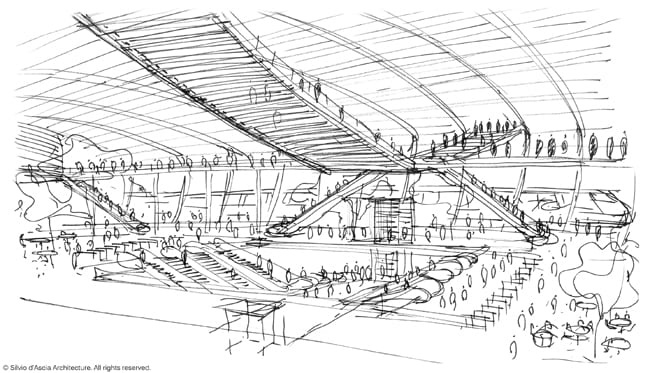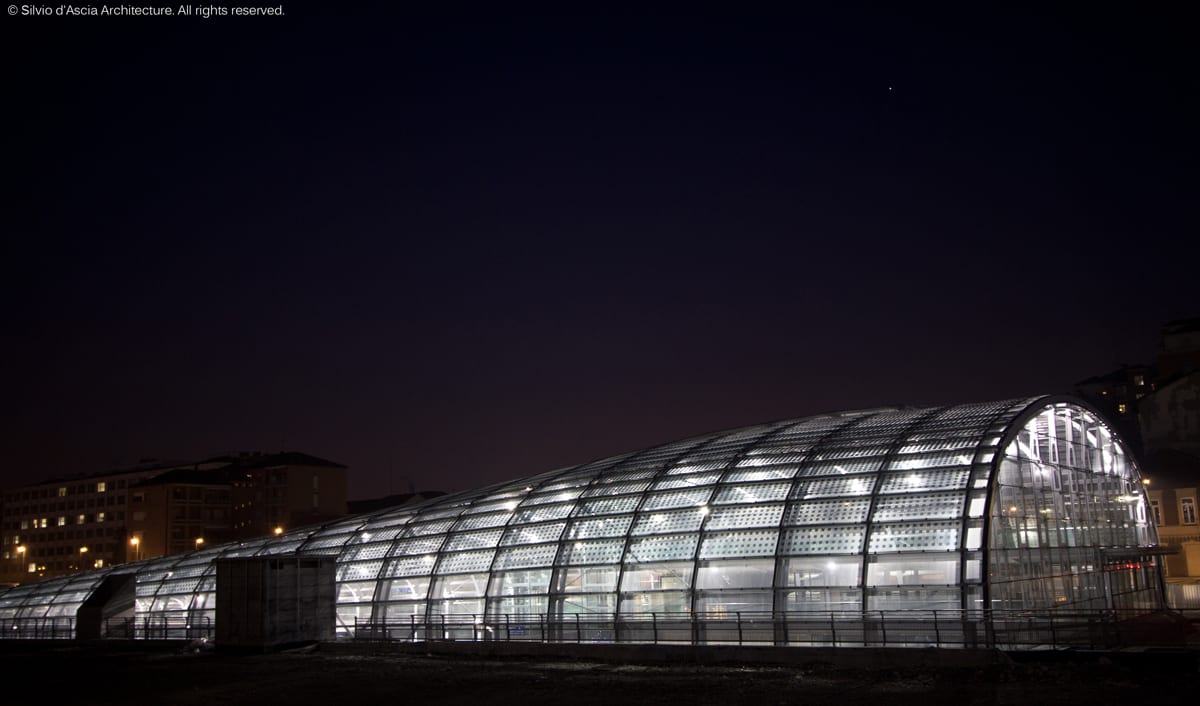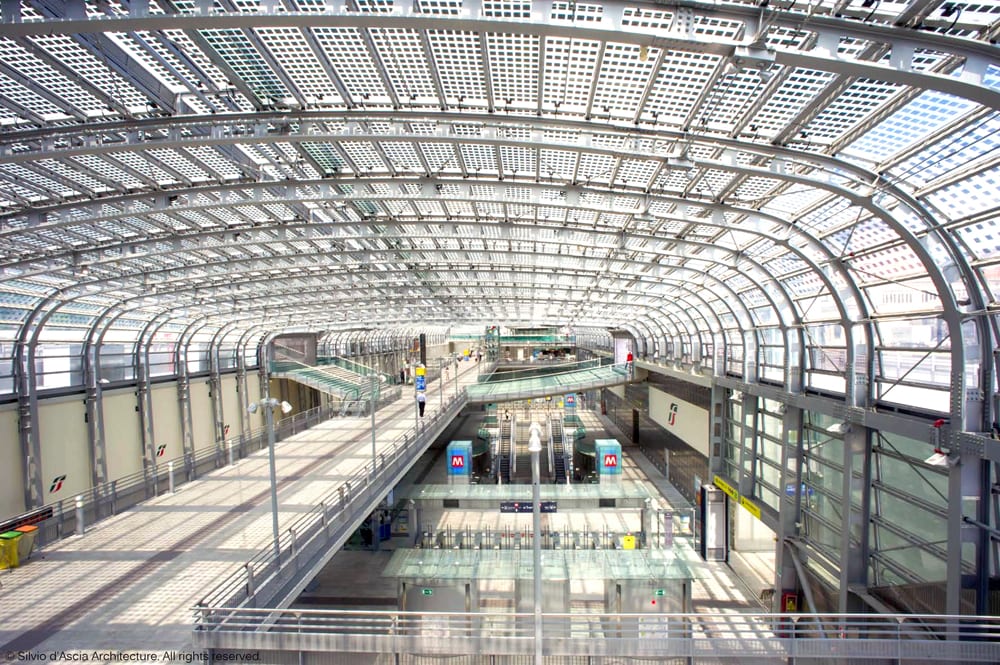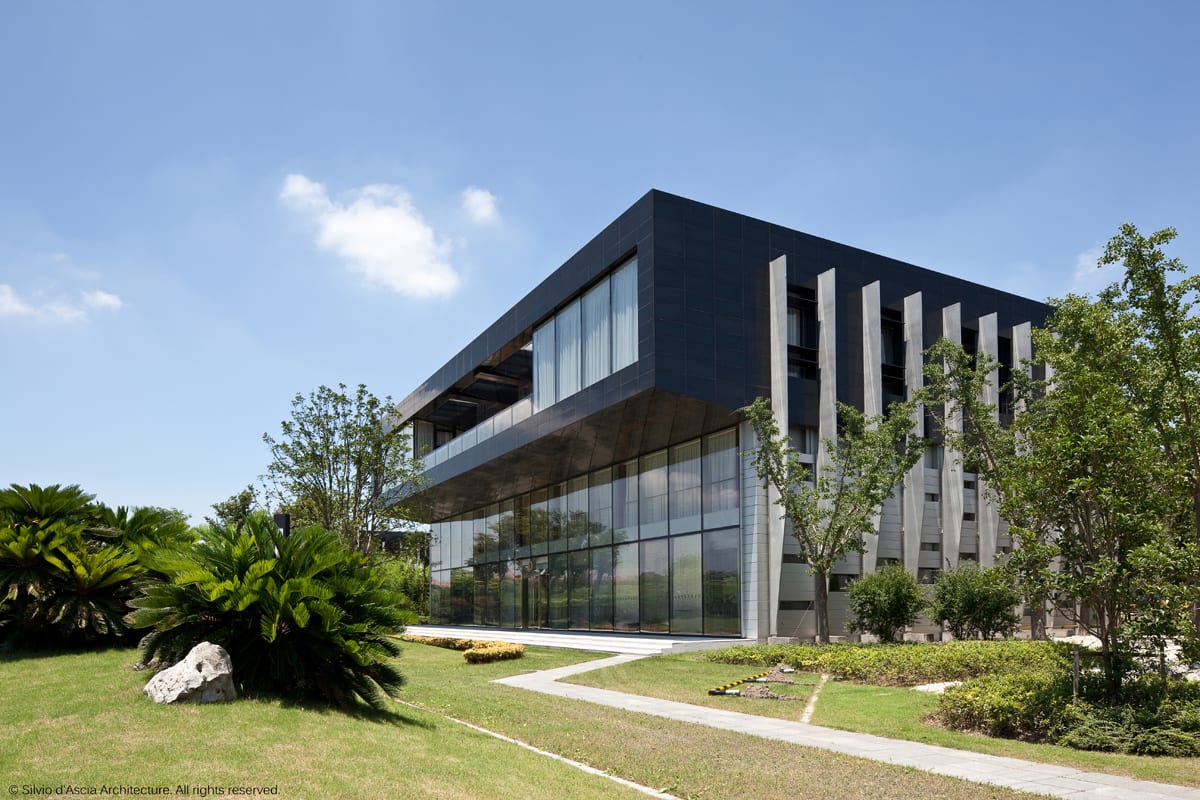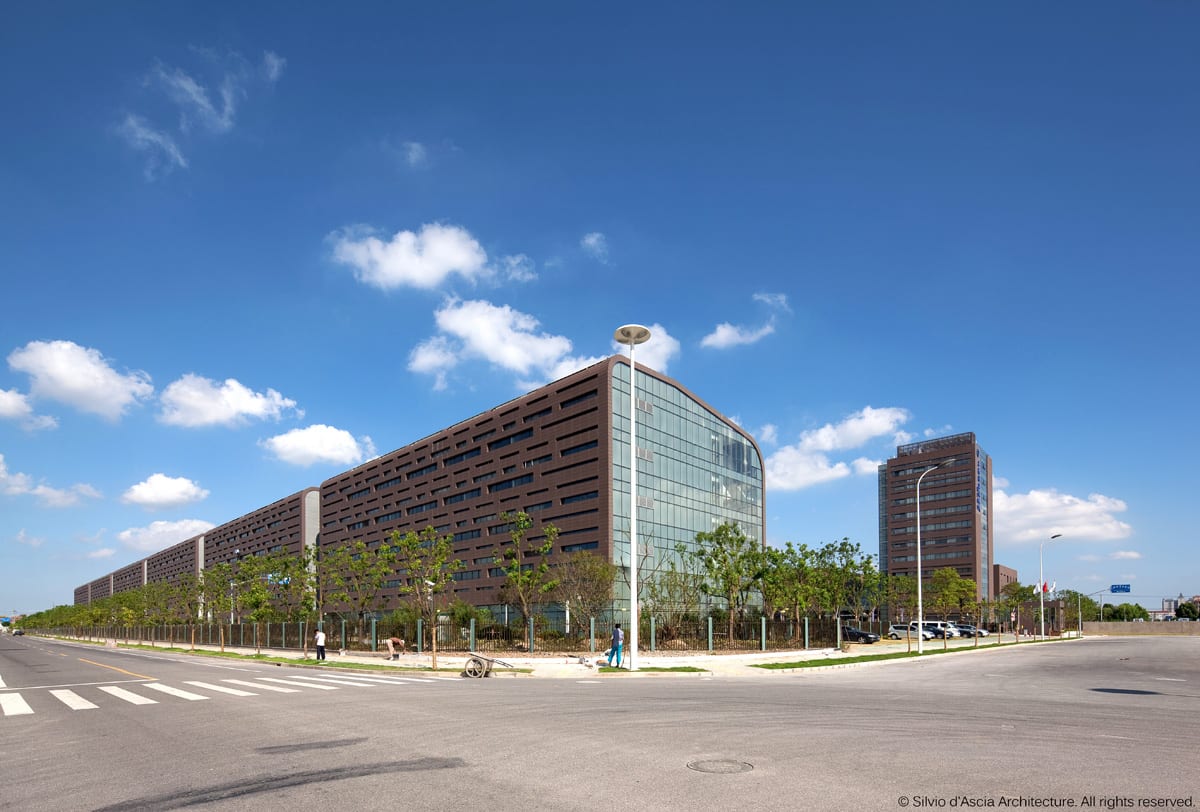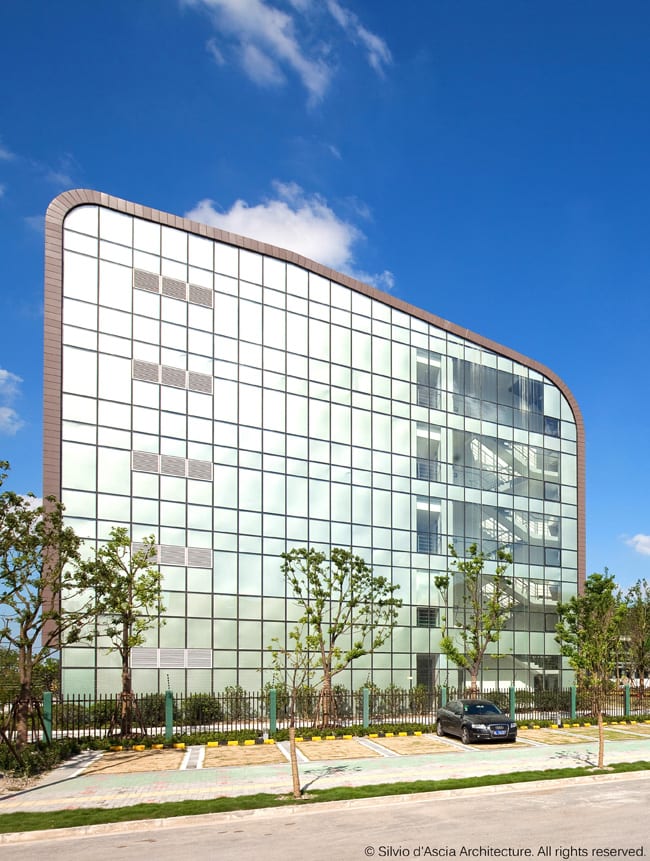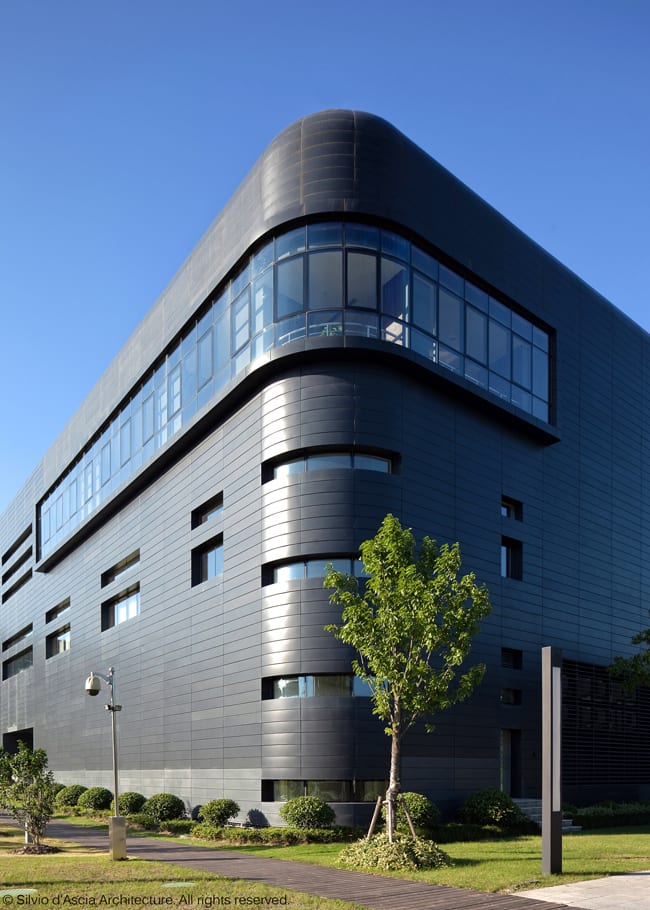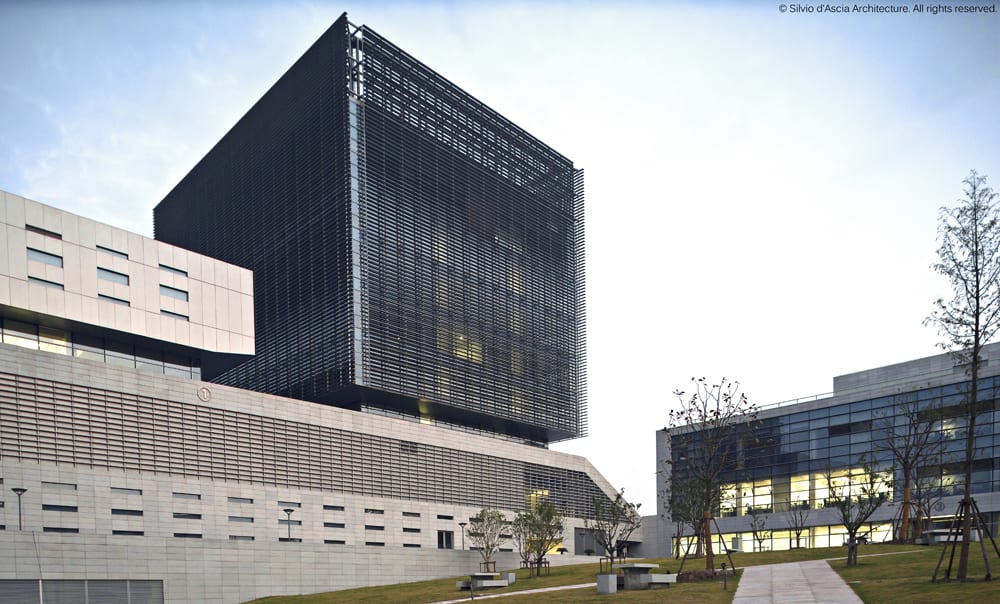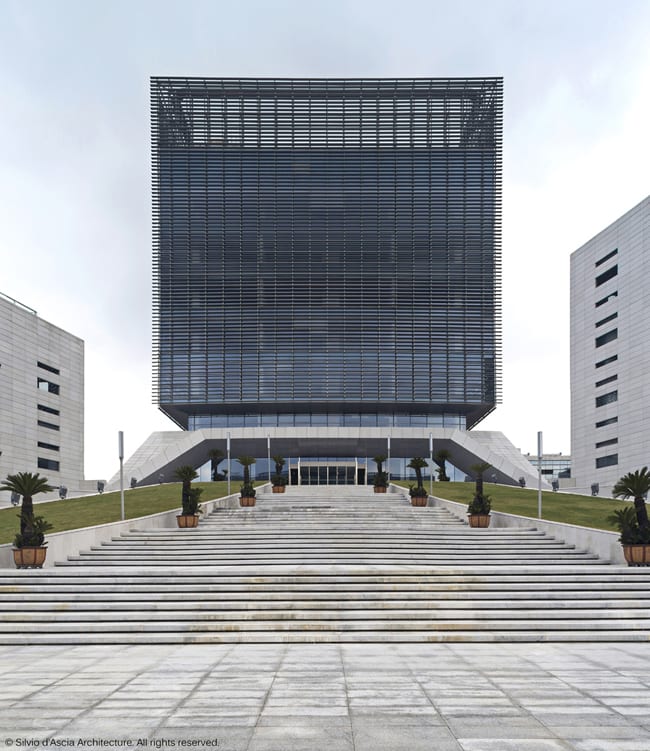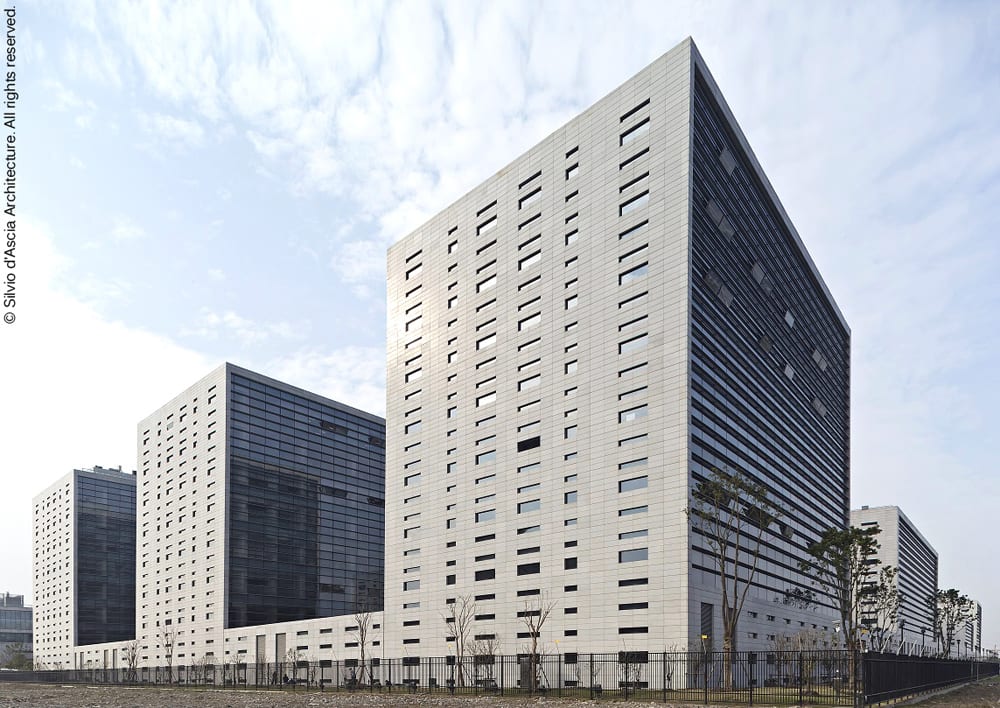with Olha Romaniuk
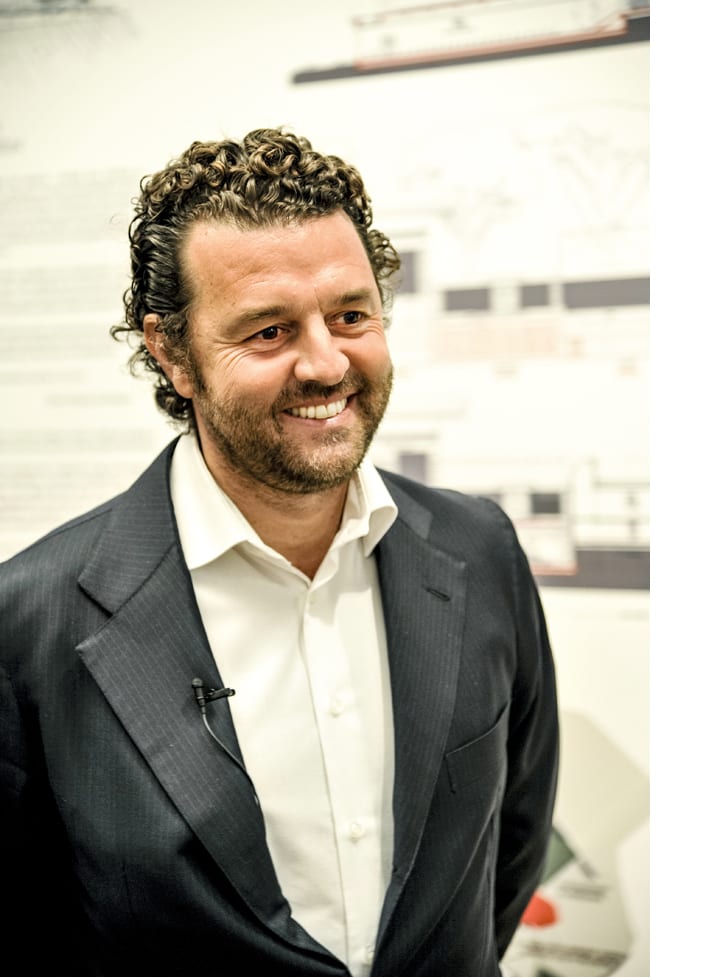
COMPETITIONS: You moved from Italy to France in 1993. What was your decision behind moving and starting your architecture firm in Paris?
Silvio D’Ascia: Ever since I was a little boy, I wanted to be an artist and, ever since the first time I went to Paris when I was 12 years old, it was a childhood dream of mine to live in such an artistic city. After receiving my degree in Italy, I came to live in Paris and was supposed to stay only for a few months. This temporary visit turned into an opportunity for me to stay and work in France.
COMPETITIONS: How do you find the architectural scene in France compared to Italy?
SD: The main difference between Italy and France is that in Italy there was not a competition system in place in the 1990s. Every country in Europe looked at France as a place where it was possible for a young architect to participate in and win competitions, as well as be paid for competition participation and have a chance to do research even if the competition fee was not so high. During the first year of my firm in Paris, we participated in 9 public competitions. It was a great opportunity and my main reason behind the decision to stay in Paris.
COMPETITIONS: Were competitions always a part of your firm’s strategy to acquire new work or has that been a fairly recent development?
SD: Competitions have always been important for my own career as they paved the way for me in many areas. In the beginning, during my first four or five years in Paris, I was associated with another architect and we won several competitions together. And in 1999, as we went our separate ways, I entered an anonymous international competition for the Palais de Congrès, going against architects like Richard Rogers and Rafael Vinoly, with Norman Foster as the president of the jury. Massimiliano Fuksas won the competition and I received a second prize. This competition marked the beginning of Silvio d’Ascia Architecture.
One and a half years later, after the above-mentioned project, we won another competition for the Turin (Italy) high-speed railway station. This was the beginning of the next chapter of my professional experiences and projects. The Turin high-speed railway station has brought many other commissions in the railway and transport sectors for the firm.
Congress Center of Rome (1999 design competition)
COMPETITIONS: How do you decide which competitions to go after?
SD: In certain instances, some clients invite us to participate in competitions. For example, since we now have numerous references and a lot of experience in railway station projects, there are companies that call us to join forces and enter competitions that deal with similar building typologies.
For these types of competitions, it is common to see joint ventures between public and private partnerships. A competition brief frequently asks for a private enterprise to join forces with an architect. Thus, it is not unusual to see many private companies come to us with a goal to develop a design proposal for a competition. There are several projects that we are currently working on with private companies.
Then, there are public competitions that we go after because the competition subject or brief is interesting to us. For example, we recently won a public competition for a data center for the RATP (a public transport operator) in Paris, in which the competition brief was what prompted our participation. In the end, the types of competitions we go after vary, but we always search for a challenge where we can get a chance to do interesting research.
COMPETITIONS: Amongst your projects, many of them are railway stations. Since this is a very specific building typology that requires some expertise, what interested you in pursuing transit station projects in particular?
SD: My interest in these kinds of building projects started in 1993-1994 because the subject of my Ph. D. thesis was about the new type of urbanity for the city of the next millennium. It was an idea that started to evolve while I was living in Paris because in this city, there has already been some experimentation with the idea of an intermodal station – a station that is a link between a subway, a regular train, a high-speed train and other types of public transportation. The question was how to conceive these links as not just purely engineered spaces but as urban spaces linked to the historic sense of the surrounding context of the street and the city.
The Porta Susa Railway Station in Turin was the first big international competition of this kind of building typology, conducted in two stages with the first stage being anonymous. Based on my studies of the concept of the street in the 19th century cities, we worked with the idea of incorporating the street and its commercial components into the design of the station.
COMPETITIONS: You’ve also done quite a number of projects in Asia. Were there any difficulties working on projects in Asia? How did you resolve these difficulties?
SD: Our work in Asia started 11 years ago with a competition for the central library of Beijing. It was the first time we entered a competition in China. It was a good experience because competitions in China are very quick and the results are also announced very quickly. We did another competition for a financial center, and then we entered 7-8 competitions shortly thereafter. Since then we have completed two major projects for the Bank of Shanghai and the Shanghai Stock Exchange.
When we started working in China some time ago, there was not much attention to details but I am pleased that our ideas have been carried through in our built projects.
COMPETITIONS: How did you work around the time difference and distance when working on your projects in China?
SD: There is an 8 hour difference between France and China. At the end of the workday in China, we would call the office in Paris to relay the progress. For this reason, it was almost a continuous effort, with the combined offices working 24 hours a day. It was hard in the beginning, spending months in China carrying on with this sort of schedule and travelling back and forth for 7 or 8 years, twice per month. Now that the two building complexes are finished, we are focusing more on European projects with a little less emphasis on the Asian market.
COMPETITIONS: How did you win the Data Centre for the Bank of Shanghai job?
SD: The client asked the competitors to translate into architectural language the strength, power and solidity that are often associated with a bank building. Our idea was to model a building complex after a fortified castle. We used some references of castles and villages in Tuscany as an inspiration for the design proposal. This approach worked well for the size of the project, with 10 hectares of land and 14 buildings, each sized at 10,000 – 15,000 square metres. In a way, the building complex was like a small, protected village, with its own life carrying on inside, complete with a park and public places where people could connect with each other.
We strengthened the contemporary urban image of the Data Center by using grey granite, exposed aluminium and continuous glass curtain walls. These materials characterize the overall minimalist design approach of the Data Center, with building elements unified by a continuity of material application.
COMPETITIONS: What projects are you working on at the moment?
SD: We are in the process of submitting a competition entry for another railway station in Paris close to la Défense. We are also working on a flagship shopping center in the South of France in Marseille, a 5 star hotel in Capri, as well as an office building in Nancy. We are interested in projects where we can explore how to preserve the heritage of European cities while incorporating new buildings into this urban context or renovating existing ones. Incorporating the integrity of old materials with new technologies and new materials is important for our agency.
COMPETITIONS: What projects are you interested in pursuing in the future?
SD: There is this new reality of a data center. We talk a lot about what is the cloud? What is a data center? Our society is presented with this new idea of a data center and we are still exploring what such a center could really mean as a building type. For that reason, we are interested in working on more projects that deal with this new emerging typology. For the moment a lot of these kind of buildings are done without the architects’ help and we would like to change this current way of thinking.
We would also like to continue designing railway stations. In Europe, high-speed train design also implies bringing a new urban environment, new commercial areas to the surrounding context. I see a lot of opportunities to use railways stations as starting points to develop the city outwards.
Finally, there are opportunities to rethink commercial centers. In France, commercial centers lose 30% of their business due to the increasing importance of internet commerce. If we take the old model of operating a commercial center, we will find it no longer works. There are many opportunities to rethink this experience by integrating new facilities and functions, such as spaces for children, sports and leisure.
COMPETITIONS: What is the design philosophy of the firm?
SD: To have a unifying element for a new urbanity: to accept that the 20th century image of the city is not working and to go back to what worked within cities in ancient times, principles that have been around for a long time and have developed over thousands of years. We look for inspirations from the past, without being postmodern. We investigate utopian projects to see how we can translate ideas from those projects in a contemporary manner, focusing on and preserving the quality of life for people. Thus, we seek to find and preserve the soul of the past quality of urban spaces but translate this in a modern way and with modern materials.



























